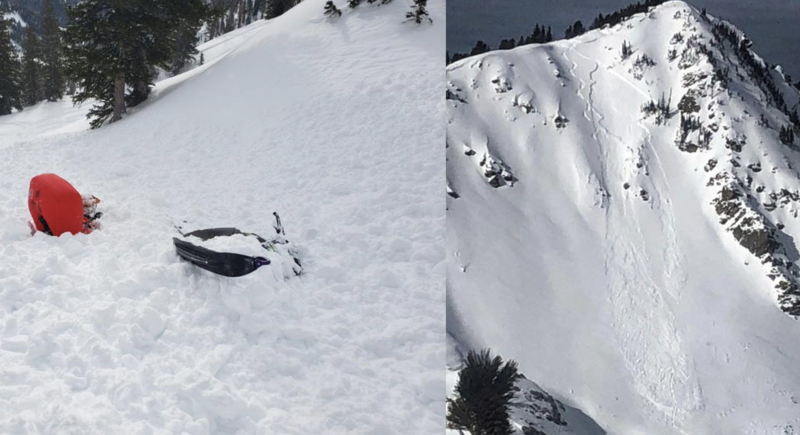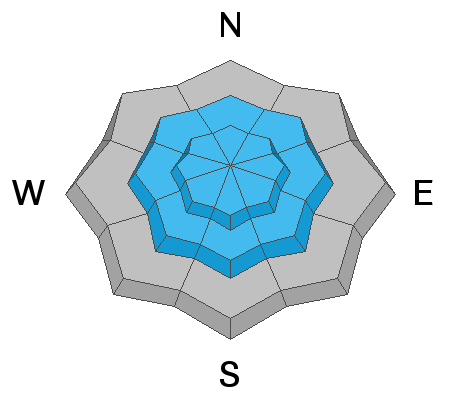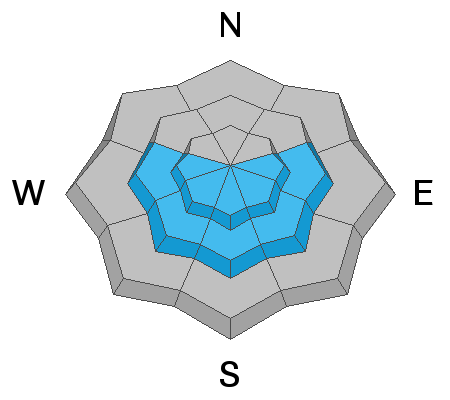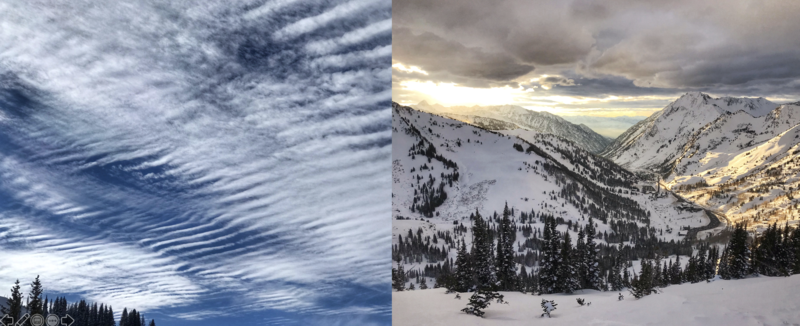Forecast for the Salt Lake Area Mountains

Issued by Trent Meisenheimer on
Sunday morning, January 5, 2020
Sunday morning, January 5, 2020
Today the avalanche danger is CONSIDERABLE at all upper elevations where slabs of Wind Drifted Snow are the main problem to look for and avoid. We also have a CONSIDERABLE danger for triggering a slab avalanche on steep slopes that face east, southeast, south, southwest and west at the upper elevations failing on a persistent weak layer of snow found near a crust. Regardless, of which one you trigger, both types of avalanches could be large enough to catch, carry and bury a person.
The problem should be less severe at mid-elevations where the danger is MODERATE. Heightened avalanche conditions on specific terrain features and human triggered avalalnches are possible.
The problem should be less severe at mid-elevations where the danger is MODERATE. Heightened avalanche conditions on specific terrain features and human triggered avalalnches are possible.
The danger is LOW at low elevations where avalanche conditions are generally safe.
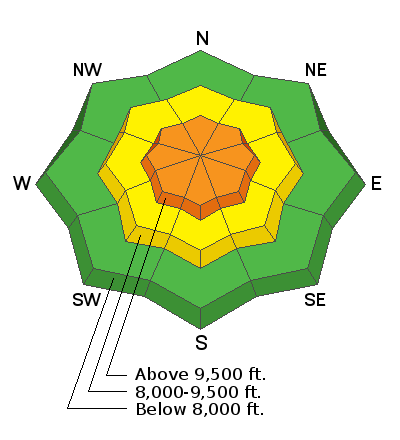
Low
Moderate
Considerable
High
Extreme
Learn how to read the forecast here


